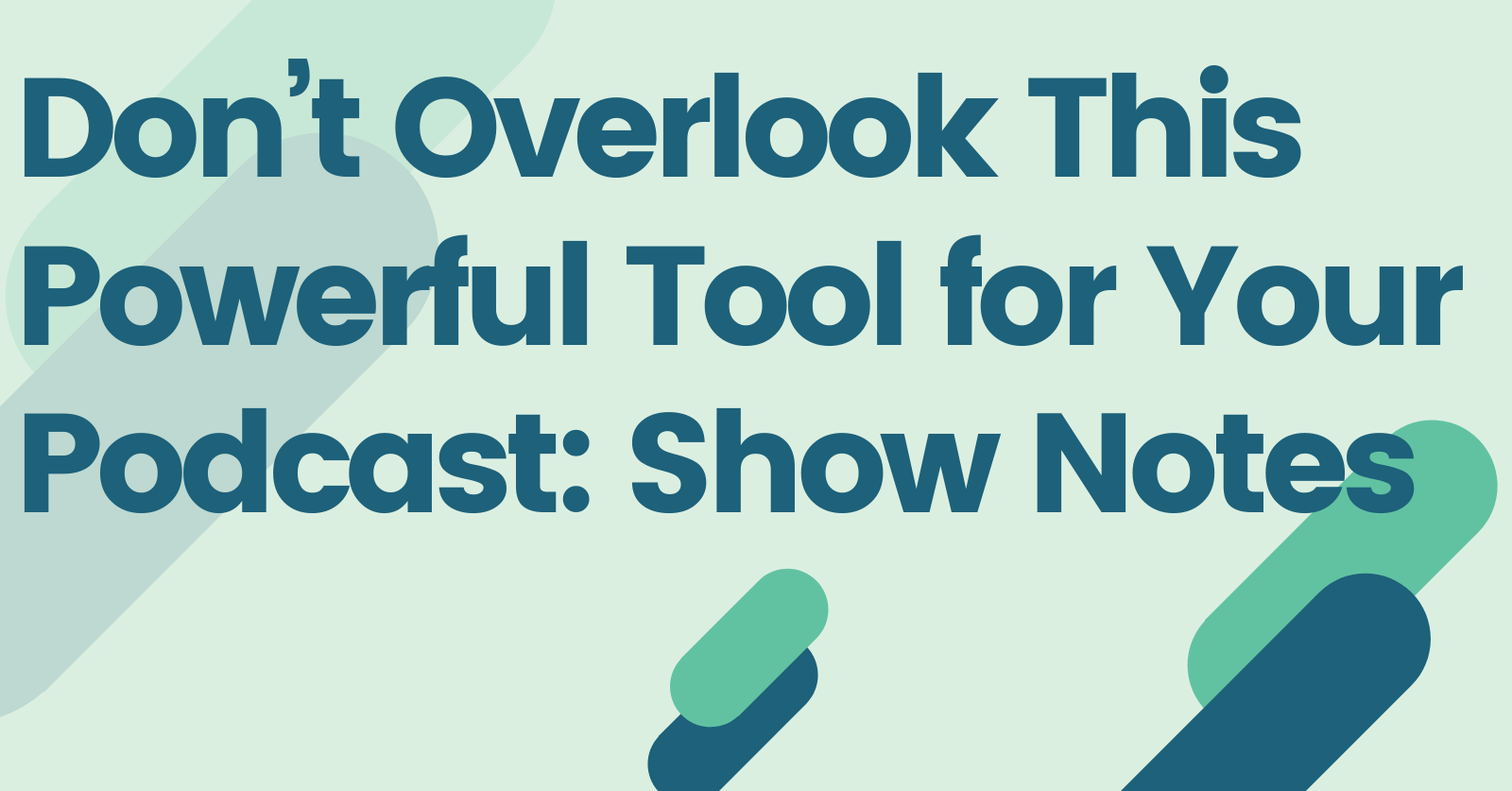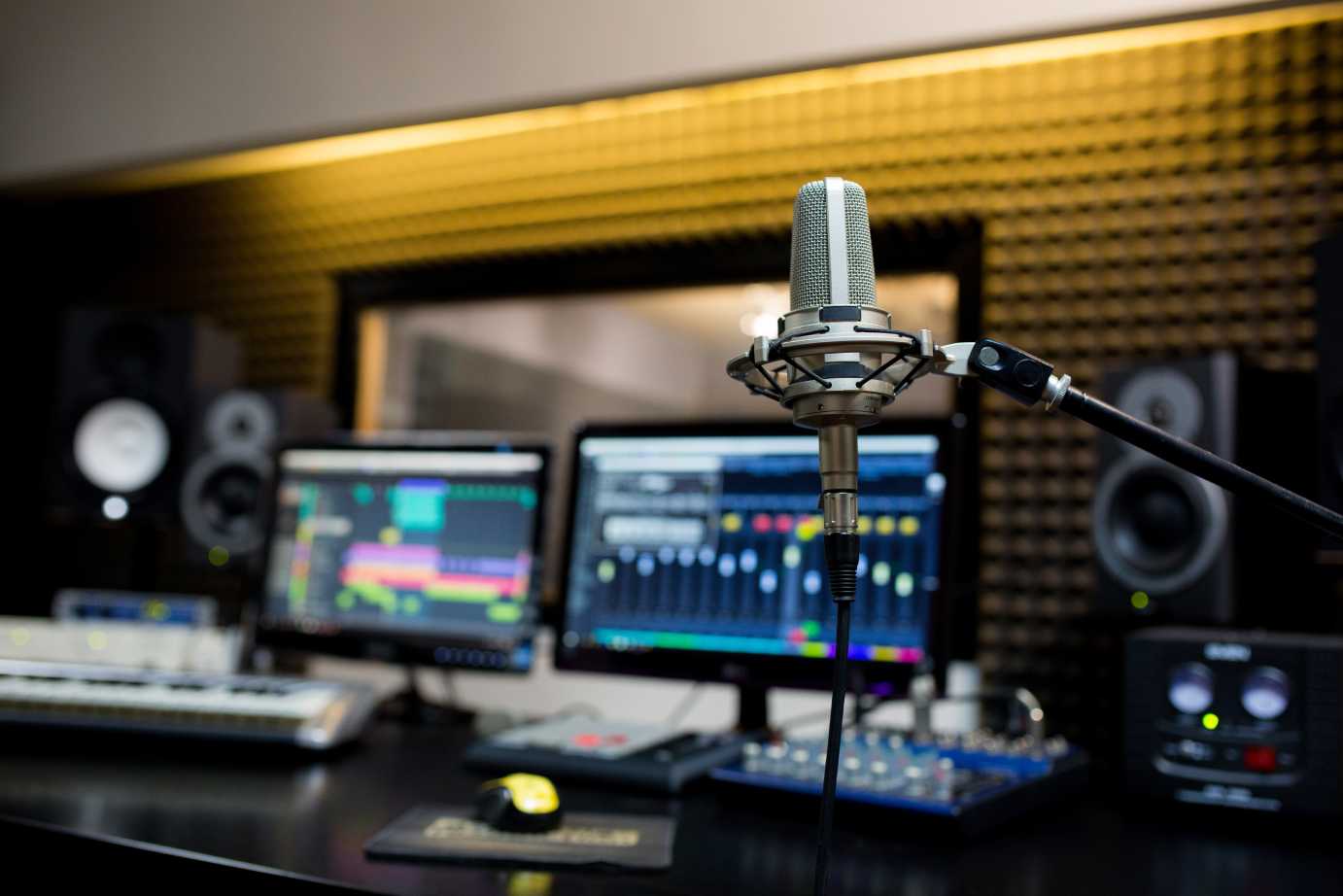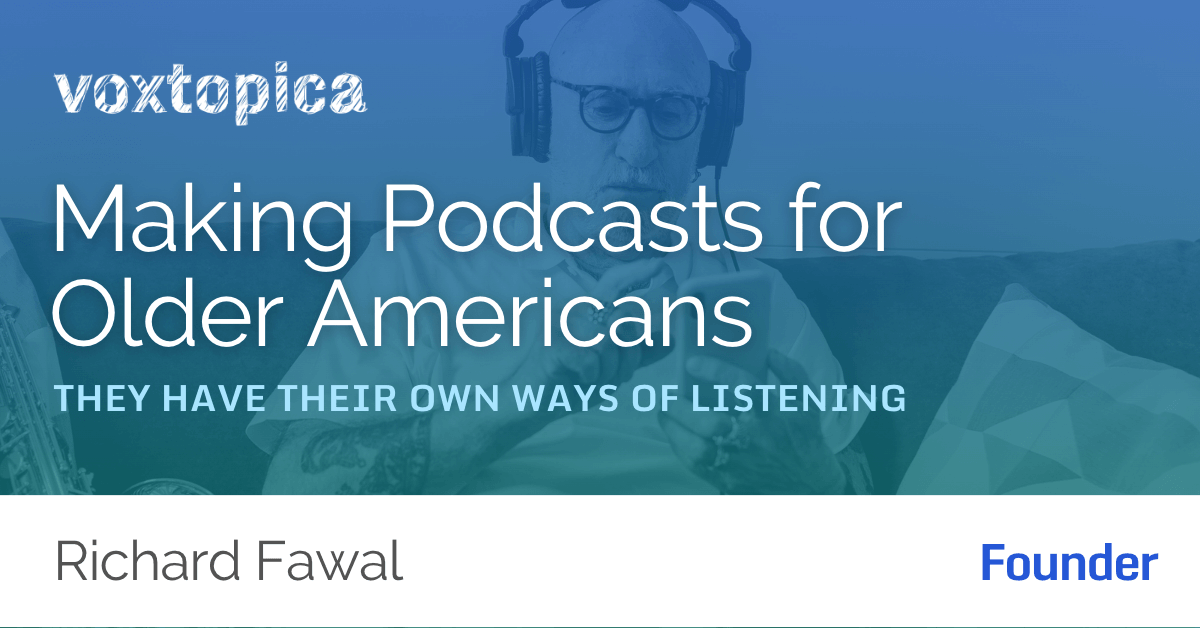The mighty show note. Show notes may not seem as glamorous as sharp sound design or compelling cover art, but they are powerful assets to your podcast. They can enrich your listeners’ experience, circulate traffic to your podcast and website, and widen your podcast’s community.
It’s worth the time and effort in getting your show notes right. We’ll explain exactly why, what elements they should contain, and the benefits they can bring to your podcast.
Let’s clear this up…what exactly is a show note?
Not to be confused with the brief episode summary that listeners quickly scan on their podcast player app, show notes are an in-depth coverage of each episode that listeners typically find on your website.
So why are they worth the effort? We think of it like this: when you order a flight at the best breweries and teahouses, your server may give you a sheet that describes the order of the flight, the detailed notes of each sample, perhaps the origin countries of ingredients, and an invitation to learn more about the business. The samples are delicious on their own, but the additional background helped you better understand and connect with the business.
That’s what show notes are to your podcast. The episode is the main content, the reason the listeners show up. Your show notes then provide your listeners additional context and resources for each episode that enrich their experience with your show.
Here’s what show notes can do for your podcast.
Three Advantages Show Notes Can Give Your Podcast
1) Establishes a deeper connection with listeners
Show notes allow your listeners to dive deeper into the content discussed in the episode. If your podcast focuses on public affairs or an expert topic, it’s likely that you refer to several resources, people, or organizations relevant to the episode’s topic. It can be a lot for listeners to keep up with. Show notes make it easy to follow those references, with links to original sources all in one place that can be accessed after the show is over.
Let’s say you interview a guest who runs a media company and recently published an article. By linking to these resources in the shownotes, the listener has access to resources where they can learn more about the guest, their company, and the article discussed.
When you make it easy for listeners to explore your episode’s content further, you encourage them to become more involved in your podcast’s community, message, and, potentially, in your organization.
2) Boosts SEO
Search Engine Optimization (SEO) pushes traffic to your content by using strategic keywords that cater to the bots that rank content on Google.
By including relevant keywords from the episode’s content, the SEO of the show notes can make your podcast more discoverable by guiding potential listeners who might be Googling topics relevant to the episode.
If you published an episode where you discuss a recent healthcare policy change, you would want to include specific keywords in your show notes, including names of significant people and organizations involved. When people outside of your audience search for this particular issue, your episode can appear in their search.
3) Makes your podcast more accessible
Podcasts need to be accessible to all people. Show notes are the hub for transcripts, which makes your podcast accessible to those who are deaf and hard of hearing. Listeners expect to find transcripts in the episode show notes, so it’s important to consistently provide them the same place each episode.
When accessibility is prioritized, your podcast can reach an even wider audience.
Your Show Note Checklist
While the format of show notes can vary amongst podcasts, these are the most important elements to include in your shownotes:
- Brief summary of your episode
- Provided links to relevant bios for guests and organizations/companies
- Bullet points of key topics discussed in the episode (the more specific, the better!)
- Links to all mentioned resources, articles, older episodes that can provide more context.
Transcript - Call-to-action that guides listeners to your homepage, extra content, or your social media.
Worth the Time and Effort
Show notes can grow your podcast, encourage deeper engagement with existing listeners, and even bring new listeners into your community.
If you’re ready to sharpen your podcast’s show notes, contact the experts at Voxtopica. Together, we can work to enhance your listeners’ experience and get your message out to your intended audience.




